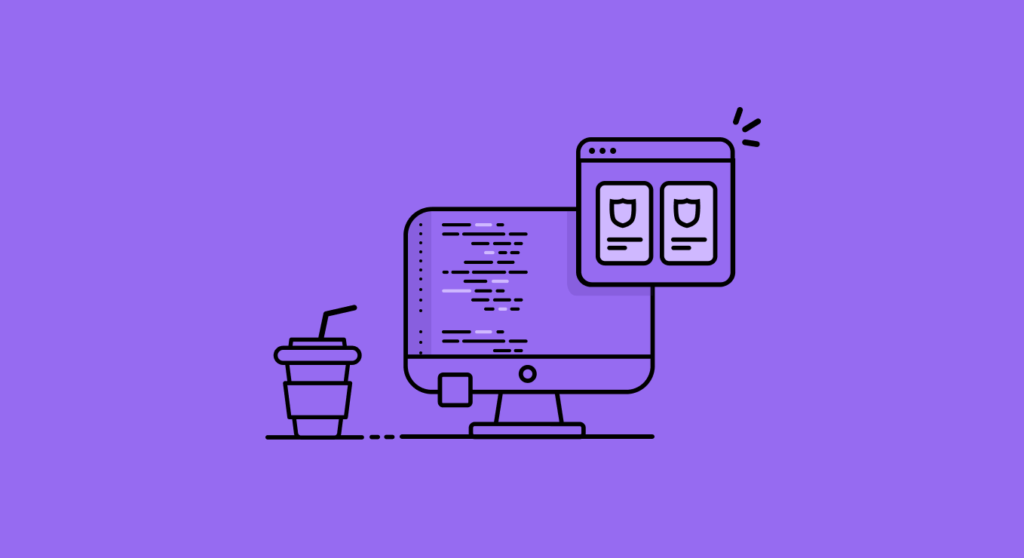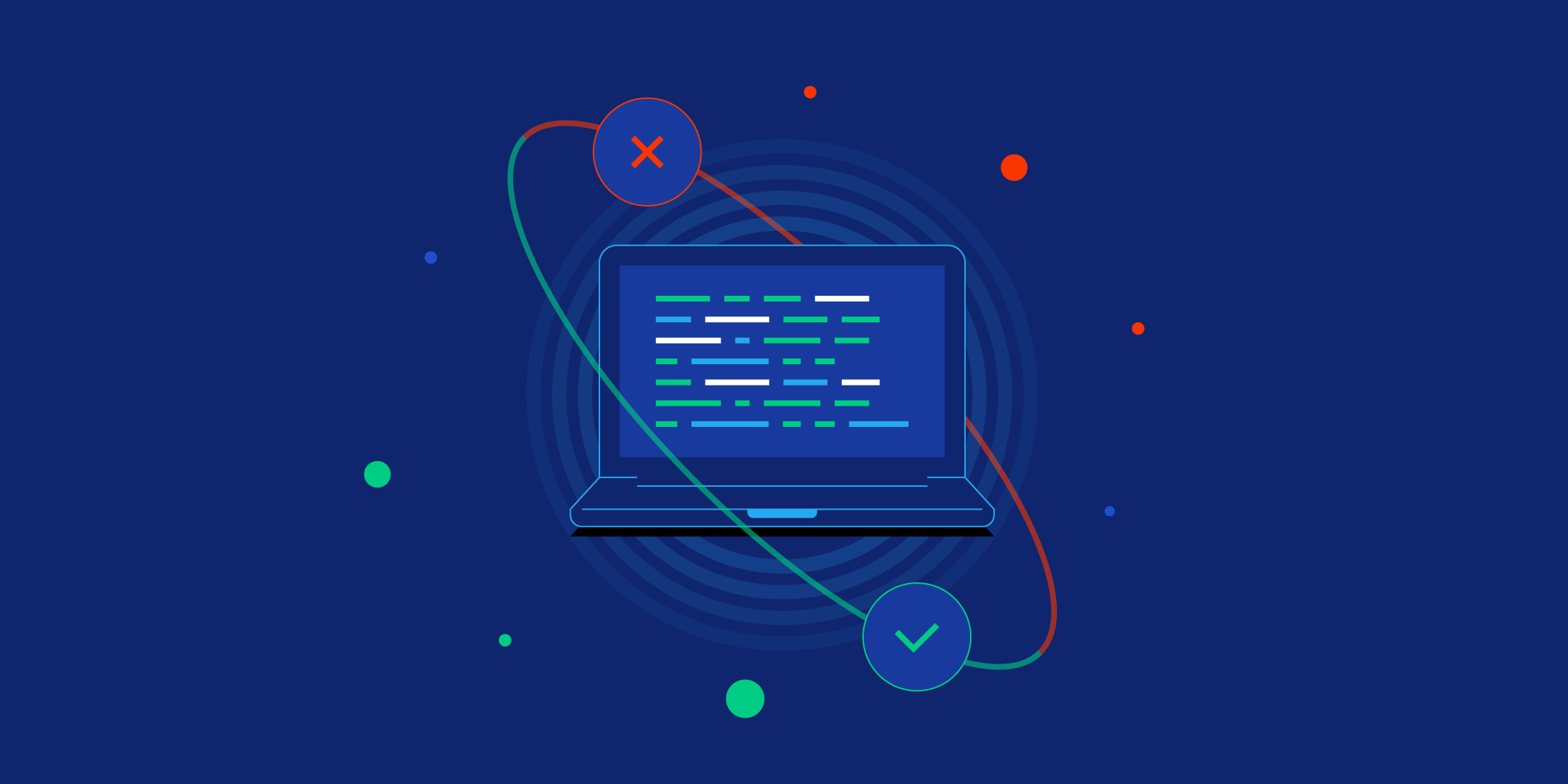Counterfeiters and fraudsters have become increasingly sophisticated, employing advanced techniques to create fake documents that deceive unsuspecting victims. One particularly insidious form of fraud involves the production of counterfeit utility invoices. These fabricated bills mimic genuine documents from utility service providers, aiming to swindle individuals or businesses out of their hard-earned money.
The Art of Forgery: Mastering the Visuals
Creating a convincing fake utility bill requires a careful balance between authenticity and deception. Fraudsters utilize advanced graphic design software and high-quality printers to replicate the appearance of genuine utility bills.
They meticulously study authentic invoices, scrutinizing the layout, typography, color schemes, and logos, aiming to replicate every minute detail. By mastering the visual elements, scammers create documents that can easily pass as genuine, increasing their chances of success.
Fake Data
Behind the seemingly authentic façade of a fake utility bill lies a web of falsified data. Scammers employ a combination of publicly available information, stolen personal data, and plausible guesswork to construct the content of the counterfeit invoice.
By incorporating accurate customer names, addresses, and account numbers, fraudsters make it difficult for victims to discern the fraudulent nature of the document. Furthermore, they manipulate billing periods, usage figures, and payment due dates to align with the patterns observed in legitimate utility bills, enhancing the deception.
Leveraging Technology
As technology advances, so do the methods employed by scammers to distribute fake utility invoices. Email, being a widely used communication tool, serves as a convenient channel for delivering these fraudulent documents. By mimicking the email addresses, logos, and formatting of legitimate utility service providers, fraudsters make it challenging for recipients to distinguish fake invoices from genuine ones.

Exploiting Human Vulnerability
Fraudsters frequently combine their fake utility invoices with phishing tactics, leveraging the element of human vulnerability. These scams often involve compelling narratives that prey on individuals’ fears and concerns, such as threats of service disconnection or warnings about outstanding payments.
By inducing panic and urgency, scammers manipulate victims into providing personal and financial information or making immediate payments, further perpetuating the fraud. It is crucial to remain vigilant and verify the authenticity of any communication received from utility service providers before taking any action.
Protecting Yourself: Tips and Best Practices
Fortunately, there are several measures you can take to protect yourself from falling victim to fake utility bill scams:
- Verify the source: Always cross-check the email address, phone number, or website of the utility service provider to ensure they match the legitimate contact information.
- Scrutinize the details: Carefully examine the invoice for any discrepancies or irregularities, such as misspellings, incorrect account numbers, or unusual formatting.
- Be cautious with personal information: Avoid sharing sensitive personal or financial information unless you are certain of the recipient’s authenticity.
Overall, stay informed about the latest scams and share your knowledge with friends, family, and colleagues to collectively combat fraudulent activities.
toto slot toto slot slot gacor hari ini monperatoto login syair hk malam ini situs toto slot slot 4d slot resmi slot gacor situs slot terbaik toto slot daftar slot gacor situs slot gacor toto slot situs toto terbesar slot resmi 4d situs gacor slot resmi 4d situs gacor daftar situs gacor toto slot situs gacor terpercaya slot resmi 4d situs slot terbaik cabe4d slot gacor situs gacor hari ini situs slot toto slot toto slot prediksi hk slot gacor gampang menang slot 4d rtp slot gacor slot gacor situs gacor hari ini situs slot gacor toto slot toto slot toto slot toto slot situs toto link slot gacor slot gacor
